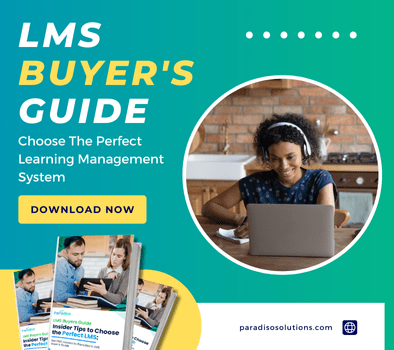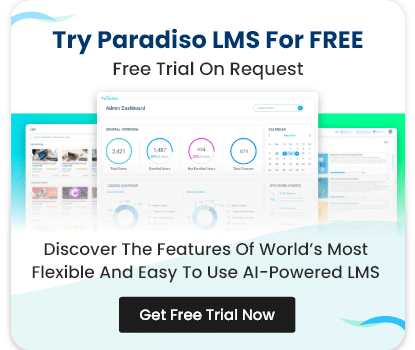In today’s corporate landscape, integrating a Learning Management System (LMS) with Customer Relationship Management (CRM) software has become essential for streamlining sales and training operations. Specifically, Salesforce LMS integration is gaining momentum as organizations seek to enhance their training efficiency and sales performance. This blog explores how the integration of an LMS with Salesforce can transform your training programs, boost sales productivity, and offer a seamless user experience.

We have
something for you!
Are you still figuring out which LMS is the best? Grab the chance to explore the LMS Buyer's Guide and get started.

















